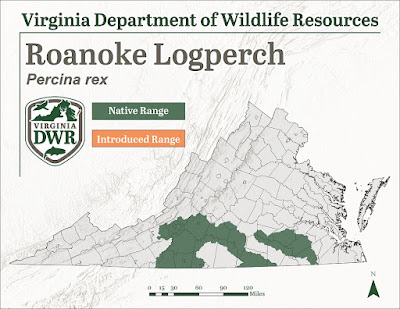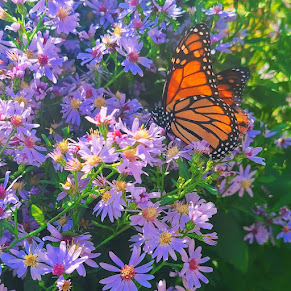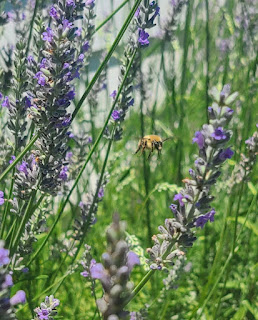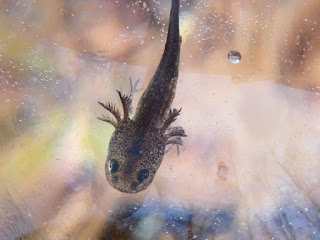By: Christine Stewart
My first encounter with the Dark-eyed Junco was last winter. He was a new arrival to
our yard, which was home to bluebirds, cardinals, tufted titmice, and various other
sparrows, finches, and wrens. I was perplexed because I didn't expect to find a new
bird settling in during the dead of winter.
Image from: https://s3.animalia.bio/animals/photos/full/original/dark-eyed-junco-3.webp
I soon was enamored with this little man. His coloring made him look like he was
sporting a tuxedo…..charcoal on top and a white belly. His wings and tail were sharply
delineated black and white stripes resembling a cumberband. Dark-eyed juncos are a
medium-sized member of the sparrow family, Passeridae, with a rounded head and jet
black eyes. Their bill is short and stout and conversely their tail is relatively long for
their body size. The males are the “sharp-dressed men” and the females are
drab….usually paler gray or brown on top. But this description is for the “typical”
population; the coloration of the species varies widely throughout the populations across
North America. For example, there is a population out West with a pink-tinge to their
feathery wardrobe.
As I continued to observe my new friend scrounging for leftovers under the bird feeder, I
noticed they hopped rather than walked along the ground. He would scratch among the
leaf litter and literally fling it into the air like a juggler. He then proceeded a little further
back into the woodland edge and scrambled among the leaf litter and brush piles.
Searching for food or maybe a place to nest? Dark-eyed Juncos are ground foragers
and nesters.
Their nests are entirely constructed by the female made from nearby materials…leaves,
twigs, moss, animal hair, etc. They are about 3-5” in diameter and tucked into brush,
leaf litter, and even upturned tree roots. They have 2-3 nests a season each holding
3-6 eggs at a time. The young leave the nest 9-13 days after hatching.
During nesting, Dark-eyed Juncos incorporate a larger amount of insects into their diet,
such as caterpillars, butterflies, moths, ants, wasps, and flies. But the remainder of the
year they are primarily 75% seed-eaters. At feeders they are scavenging the leftover
millet, cracked corn, and black-oil sunflowers left on the ground. Without human
support, they dine on weed seeds like ragweed, crabgrass, chickweed, sorrel, and
lamb’s quarters. They are even known to burrow in the snow in search of seed. So
perhaps we need to reconsider the “weeding” of our gardens.
These “snowbirds” typically migrate from Canada to the Lower 48 for the winter, except
for the Appalchian population. They are vertical migrators descending down from the
spruce-fir forests in the higher elevations to the foothills in woodland edges or brushy
thickets. They live in flocks, often with other sparrows and bluebirds in an area roughly
10 acres during their winter stay.
According to E-bird, they are typically seen in Martinsville between mid-October through
mid-April. For this season they were last-sighted at J. Frank Wilson Park on November
5th. The high count so far this year was on January 28th at Community Park where 35
Dark-eyed Juncos were observed. And a study conducted by USA Today, reports that
Dark-eyed Juncos rank #7 of sighted birds during November in the state of Virginia.
So now that winter will soon be knocking at our doors, look for the “sharp-dressed man”
in your walks along the Dick & Willie Trail (particularly off Spruce Street) or even in your
own yard.
Internet sources:
● E-bird
● Wild Birds Unlimited
● Celebrate Urban Birds
● Cornell Lab
● Audubon Society

























